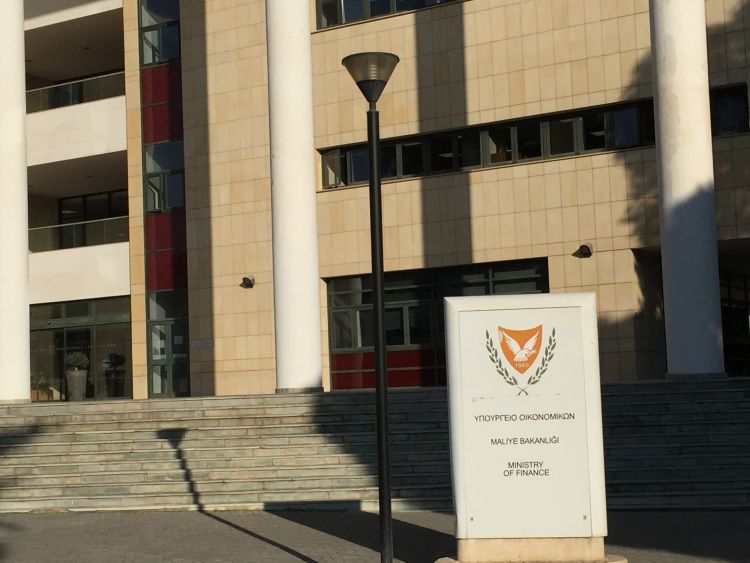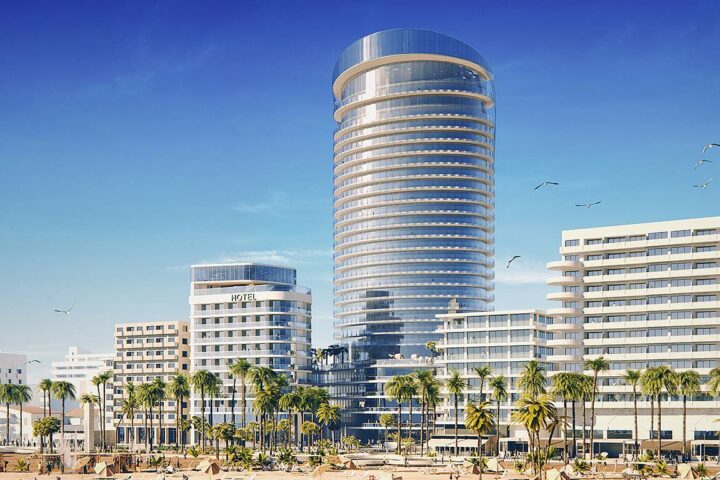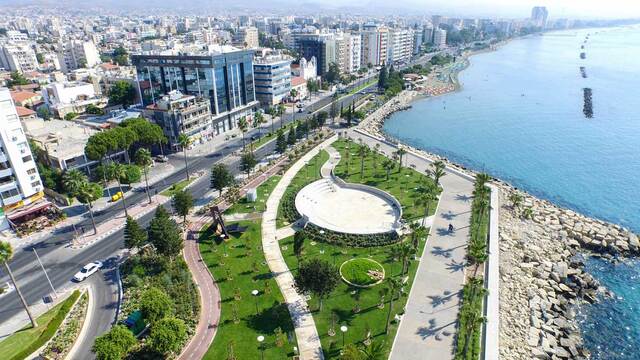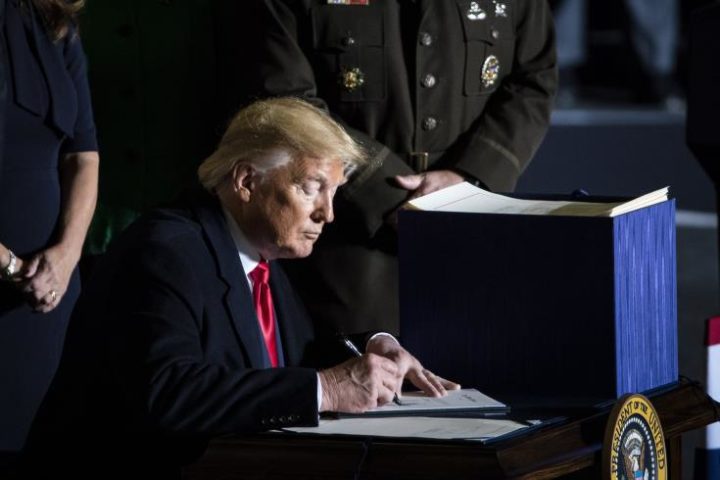There is a lot of discussion about what is more beneficial to the taxpayer – to build or rent government offices or even buy ready office buildings from the open market.
Some uninformed reports blow up the rental payment issue out of all proportion in the sense that the government is spending €26 mln a year in rents. In order to examine whether this is a waist of money or not, or whether this amount should be invested in own government buildings, one must examine the following parameters.
Building own offices
Office are usually built on government-owned land, but there is the impression that since it is government land, it costs nothing. So, in order to have a correct cost estimate, the land value should be included in the cost, in terms of current value.
Once the government decides to build its own buildings, it goes out to tendes regarding architectural design. In addition to the long time that it takes to decide which design is the best, it usually ends up in court, by disputing architects. Our experience so far has taught us and it will not be an exaggeration to say that at least a year and half are needed until a final decision is made on the design.
Such architectural competitions require the architects to estimate the cost of the building, which must not be exceeded. Alas, 100% of the cases are underbudget (not a single project is within the budget at the end) and the architectural competitors at the end bear no responsibility for this change.
Rent existing buildings
This is more straightforward, if a suitable building can be found. The building is there, the rent is there, and the quality and services are there. Easy. However, it is difficult to find suitable buildings both in terms of location and size.
Renting a building is usually for a fixed period of five years with the tenants/ government having two options of 5 years’ extension (total 15 years).
The landlord usually has the responsibility of paying the ownership taxes, the maintenance and repairs, and updating or replacement of equipment (A/C units, elevators, etc).
As technology evolves electrical and mechanical installations also need to change, so if the government leases a building and if the above are out of date by the end of the lease, it can move out (as opposed to owning building).
Renting a building also implies that the tenant pays for the income tax and other taxes so at the end the government gets back part of the rent.
As circumstances stand and since the government borrows on a long-term basis with interest of ±3% p.a., it is logical to compare this with rental level to be similar to the 3%.
Buying Offices
Buying ready offices is another option, if any are available. A case in hand is the former offices of the defunct Co-Op Central Bank which has office buildings in all towns and some of them could be suitable for the purpose. Since the government is now the owner of these buildings and instead of buying or renting, it should consider allocating such buildings for government use.
Let & Sell
Another option is for the government to take a long-lease on office buildings and then based on the rent, selling the same to investors. In this case, the government could reap (e.g. Co-Op) a considerable amount, part of which it has invested.
Vacant Land
If one is not to adopt any development, but to use cash for new or improvement of buildings, some of the government land could be sold, provided the cash goes towards offices or other development (such as the new Cyprus Museum). This might sound objectionable, but then it is part of the Troika requirements to sell state properties in order to reduce the governmental debt.
BOT
The BOT alternative (build-operate-transfer) is another option, where the government owns the land and seeks tenders to erect a building with a long-term repayment. Such an alternative reflects the overall specs, the design, delivery dates, fixed cost/rent, etc.
Whatever alternative the government chooses, there are always irregularities that are notable to the public eye which must be taken into account:
- Some crooked government competitions.
- The cost overruns and delivery delays.
- The various reports in the press, on pre-determined specifications and locations in order to favour certain developments or owners.
- Some reports regarding direct purchase which suggest serious irregularities as reported by the Auditor General.
It is not a clear cut case and all the various alternatives should be compared against all options.
By Antonis Loizou F.R.I.C.S. – Antonis Loizou & Associates EPE – Real Estate Valuers & Estate Agents








